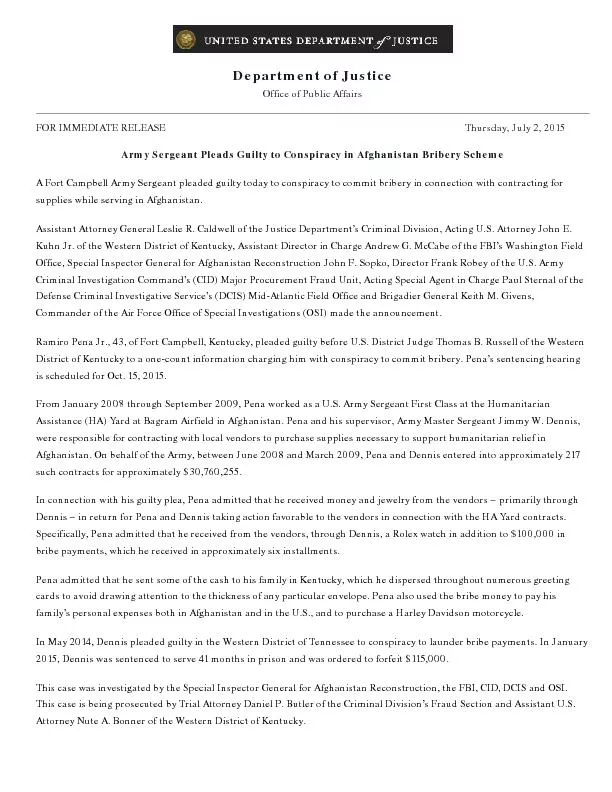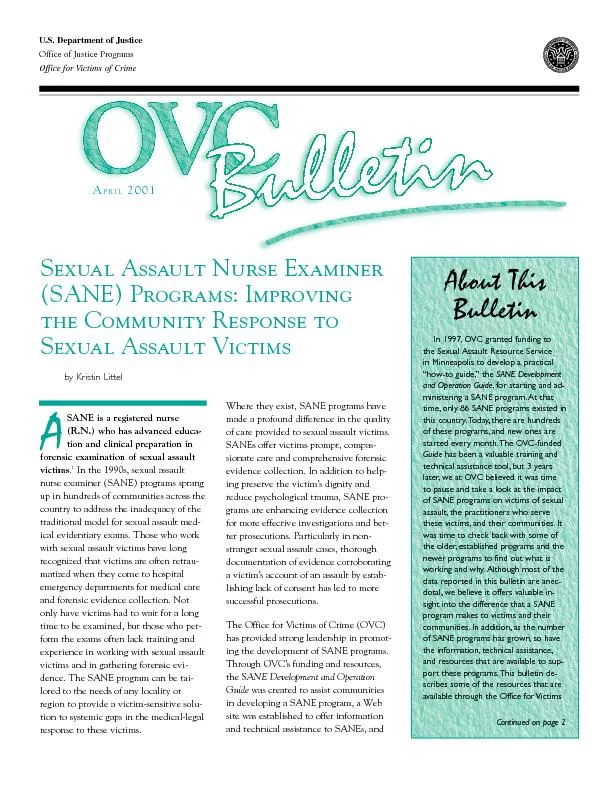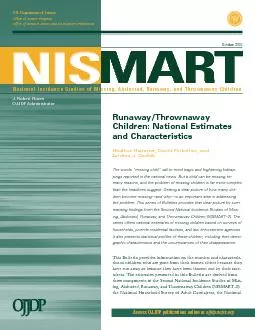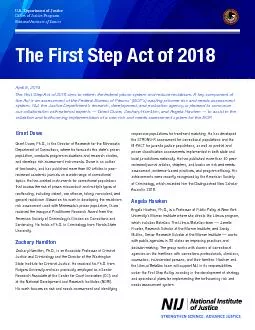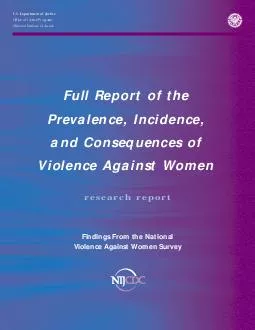PDF-U.S. Department of JusticeOffice of Justice ProgramsBureau of Justice
Author : ellena-manuel | Published Date : 2017-01-12
Bureau of Justice Statistics December 2009 NCJ 228417 Highlights BULLETINData in text and tables are the latest available at the tiojpusdojgovcontentpubpdfp08pdf
Presentation Embed Code
Download Presentation
Download Presentation The PPT/PDF document "U.S. Department of JusticeOffice of Just..." is the property of its rightful owner. Permission is granted to download and print the materials on this website for personal, non-commercial use only, and to display it on your personal computer provided you do not modify the materials and that you retain all copyright notices contained in the materials. By downloading content from our website, you accept the terms of this agreement.
U.S. Department of JusticeOffice of Justice ProgramsBureau of Justice: Transcript
Download Rules Of Document
"U.S. Department of JusticeOffice of Justice ProgramsBureau of Justice"The content belongs to its owner. You may download and print it for personal use, without modification, and keep all copyright notices. By downloading, you agree to these terms.
Related Documents





